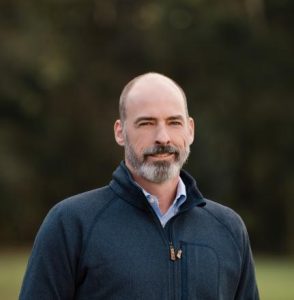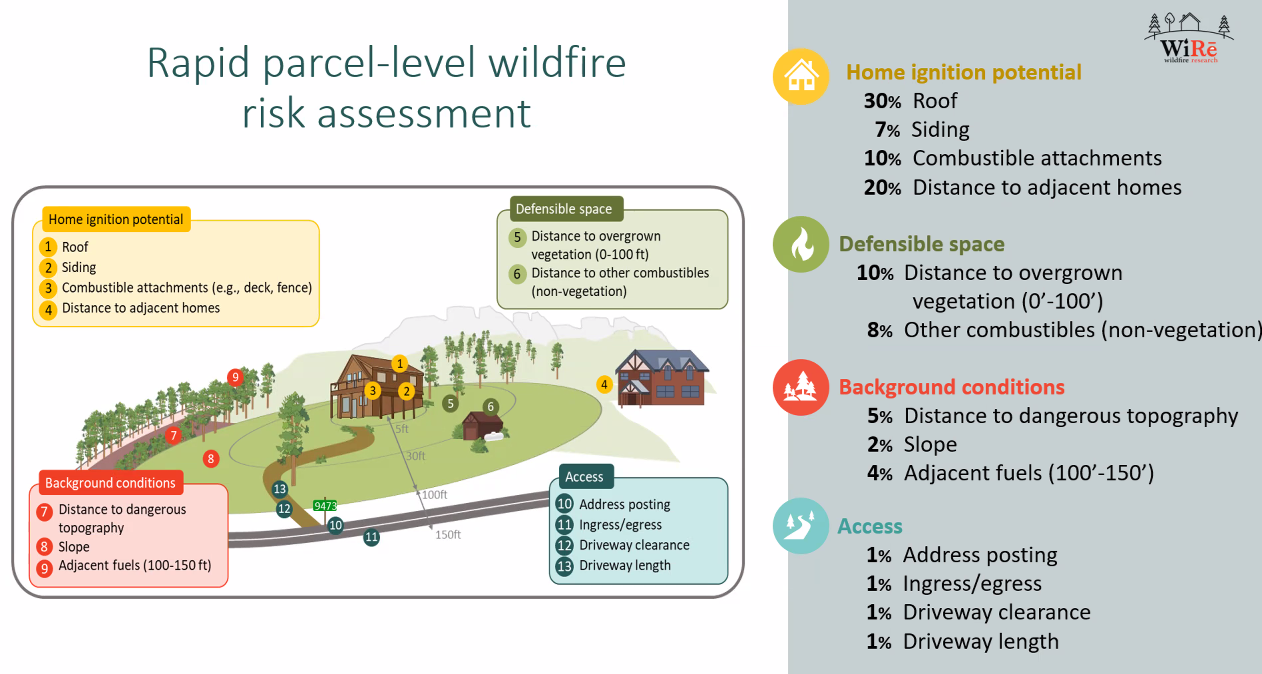Socio-ecological considerations for sustainAble Fuel treatments to Reduce wildfire Risk (SAFRR) is a research project aimed at helping communities and agencies identify the best strategies for implementation of fuel treatments to meet ecological, social, and financial goals.
Fuel treatments are among the main tools that land management agencies, landowners, and communities use to reduce risk to residents and infrastructure. However, effective fuel treatments require significant planning, implementation costs, and maintenance. They can also be controversial: they may face resistance and affect the attitudes and behaviors of nearby residents.
Find out about WUI-Cat: Wildland Urban Interface Community Action Team https://sites.google.com/view/wuicat/home?authuser=2

SAFRR undergraduate student is honored for his work on our new photo geodatabase.
https://www.gi.alaska.edu/intranet/news-items/kudos

SAFRR project team members will work with public land and wildfire practitioners; Indigenous organizations; and communities on the Kenai Peninsula, in Interior Alaska, and Anchorage, and Whitehorse, Yukon Territory, to co-produce an integrated assessment of fuel treatments that will include:
- preferred strategies, barriers to implementation, and key policies regarding fuel treatments
- insights into how vegetation responds to different treatments, installation and maintenance costs
- short-term and long-term ecological effects of fuel treatments and their influence on wildfire behavior;
Ecological Problem Statements:
1.What type of forest returns after fuel treatment, and how does it differ between different prescriptions (i.e., shaded fuel breaks vs. bulldozing?)
2.Knowing that aspen and birch are less flammable than spruce, how can we design prescriptions that nudge these fuel breaks to come back as these safer forests?
Social Problem Statements:
There is a lack of systematic, actionable data to help reveal pathways to community wildfire adaptation and resilience.
Through paired biophysical and social data, we will examine:
1.To what extent are study participants engaged in wildfire risk mitigation and preparedness?
2.How acceptable are fuel treatments on adjacent public lands? And what is the relationship between preferred management objectives and community expectations of wildfire?
3.How do results from Alaska study communities compare to those in other fire-prone communities in the Western USA where the WiRē Approach has been implemented?
See Social Science (WiRē) presentation here.

The WiRē Approach enables partners to effectively allocate resources and engage with residents. Leveraging lessons learned across projects, the WiRē Center pursues scientific approaches to inform conversations and decisions about wildfire adaptation.
The WiRe team had conducted surveys on the Kenai Peninsula. If you are interested in hearing preliminary results please contact Dr. Hannah Brenkert-Smith hannahb@colorado.edu. We are in the process of conducting similar surveys in Anchorage, Alaska.

Project team members
Dr. Jennifer Schmidt (Primary Investigator (PI) for UAA, overall)), assistant professor of natural resource management and policy at the Institute for Social and Economic Research, University of Alaska Anchorage
Dr. Michelle Mack (PI for NAU), regents’ professor of ecosystem ecology in the Center for Ecosystem Science and Society and the Department of Biological Sciences at Northern Arizona University.
Dr. Hannah Brenkert-Smith (PI for CU), research associate professor at University of Colorado’s Institute of Behavioral Science. WiRē team member.
Will Putman (PI for TCC), forester with the Tanana Chiefs Conference with extensive experience in forest management in Alaska and use of fuel treatments around rural Alaska communities.
Dr. Matthew Berman (Co-PI), professor of economics at the Institute for Social and Economic Research, University of Alaska Anchorage
Dr. Xanthe Walker (Co-PI), assistant research professor in the Center for Ecosystem Science and Society and the Department of Biological Sciences at Northern Arizona University.
Dr. Joseph Little (Co-PI), assistant professor of economics in the W.A. Franke College of Business at Northern Arizona University and an affiliate researcher with the International Arctic Research Center.
Alison York (Senior Personnel), Alaska Fire Science Consortium (AFSC) coordinator and is an expert in Alaska fire ecology, tundra fire, fire management, and science communication.
Dr. Patricia Champ (Collaborator), economist at the Human Dimensions Program at the U.S. Forest Service’s Rocky Mountain Research Station in Fort Collins. WiRē team member.
Chris Barth (Collaborator), fire mitigation specialist with the Bureau of Land Management. WiRē team member.
Chris Moore (Collaborator), fire analyst with the Bureau of Land Management.
Presentations:
Economics of Fuel Treatment: 2024 update